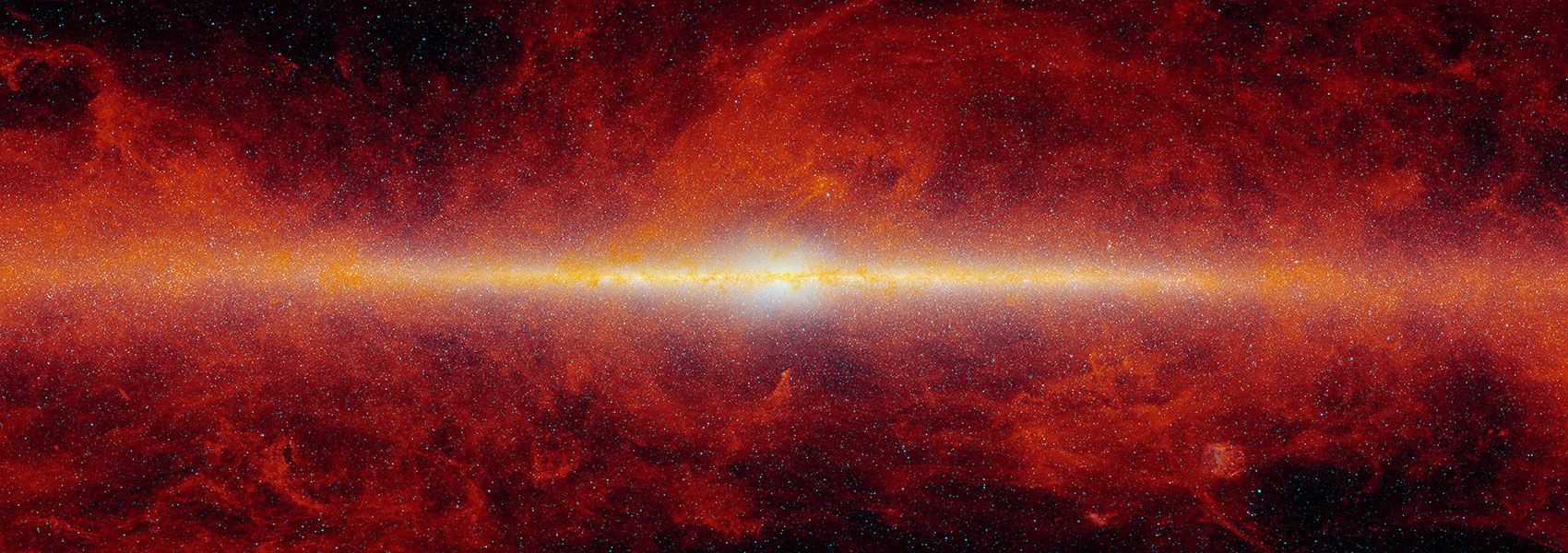September
2013
•
2013AJ....146...65J
Authors
•
Jiang, Peng
•
Ge, Jian
•
Cargile, Phillip
•
Crepp, Justin R.
•
De Lee, Nathan
•
Porto de Mello, Gustavo F.
•
Esposito, Massimiliano
•
Ferreira, Letícia D.
•
Femenia, Bruno
•
Fleming, Scott W.
•
Gaudi, B. Scott
•
Ghezzi, Luan
•
González Hernández, Jonay I.
•
Hebb, Leslie
•
Lee, Brian L.
•
Ma, Bo
•
Stassun, Keivan G.
•
Wang, Ji
•
Wisniewski, John P.
•
Agol, Eric
•
Bizyaev, Dmitry
•
Brewington, Howard
•
Chang, Liang
•
Nicolaci da Costa, Luiz
•
Eastman, Jason D.
•
Ebelke, Garrett
•
Gary, Bruce
•
Kane, Stephen R.
•
Li, Rui
•
Liu, Jian
•
Mahadevan, Suvrath
•
Maia, Marcio A. G.
•
Malanushenko, Viktor
•
Malanushenko, Elena
•
Muna, Demitri
•
Nguyen, Duy Cuong
•
Ogando, Ricardo L. C.
•
Oravetz, Audrey
•
Oravetz, Daniel
•
Pan, Kaike
•
Pepper, Joshua
•
Paegert, Martin
•
Allende Prieto, Carlos
•
Rebolo, Rafael
•
Santiago, Basilio X.
•
Schneider, Donald P.
•
Shelden Bradley, Alaina C.
•
Sivarani, Thirupathi
•
Snedden, Stephanie
•
van Eyken, J. C.
•
Wan, Xiaoke
•
Weaver, Benjamin A.
•
Zhao, Bo
Abstract
•
We report the discovery of a candidate brown dwarf (BD) or a very low mass stellar companion (MARVELS-5b) to the star HIP 67526 from the Multi-object Apache point observatory Radial Velocity Exoplanet Large-area Survey (MARVELS). The radial velocity curve for this object contains 31 epochs spread over 2.5 yr. Our Keplerian fit, using a Markov Chain Monte Carlo approach, reveals that the companion has an orbital period of 90.2695^{+0.0188}_{-0.0187} days, an eccentricity of 0.4375 ± 0.0040, and a semi-amplitude of 2948.14^{+16.65}_{-16.55} m s-1. Using additional high-resolution spectroscopy, we find the host star has an effective temperature T eff = 6004 ± 34 K, a surface gravity log g (cgs) =4.55 ± 0.17, and a metallicity [Fe/H] =+0.04 ± 0.06. The stellar mass and radius determined through the empirical relationship of Torres et al. yields 1.10 ± 0.09 M ⊙ and 0.92 ± 0.19 R ⊙. The minimum mass of MARVELS-5b is 65.0 ± 2.9M Jup, indicating that it is likely to be either a BD or a very low mass star, thus occupying a relatively sparsely populated region of the mass function of companions to solar-type stars. The distance to this system is 101 ± 10 pc from the astrometric measurements of Hipparcos. No stellar tertiary is detected in the high-contrast images taken by either FastCam lucky imaging or Keck adaptive optics imaging, ruling out any star with mass greater than 0.2 M ⊙ at a separation larger than 40 AU.
Links




